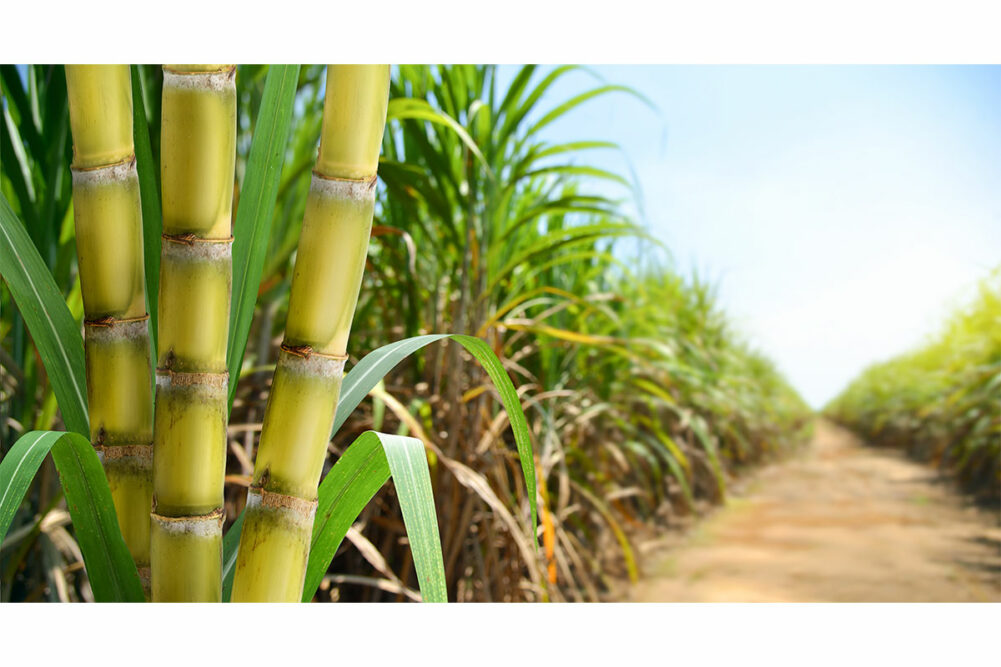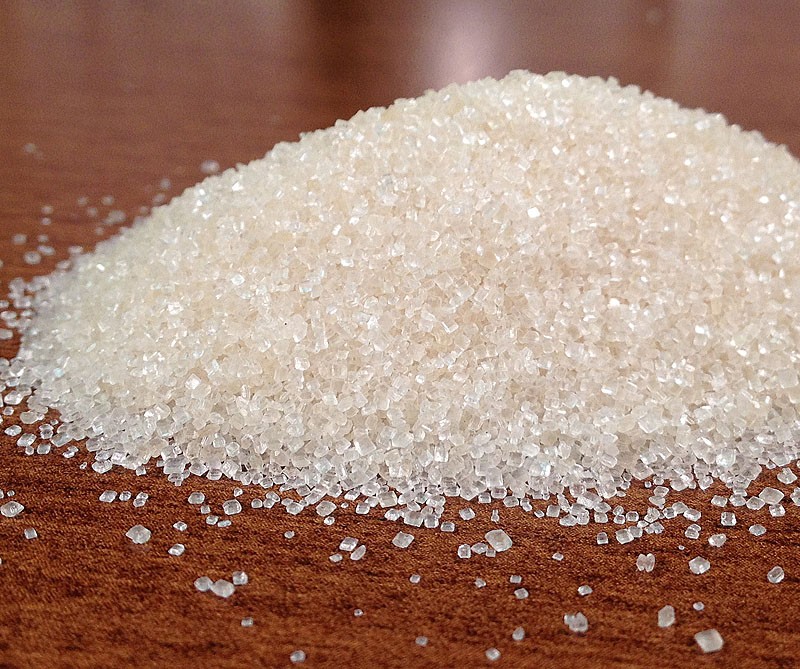Cane Sugar Processing: From Field to Table-- A Step-by-Step Overview
Cane Sugar Processing: From Field to Table-- A Step-by-Step Overview
Blog Article
An In-Depth Guide to the Environmental Effect and Sustainability Practices in Walking Cane Sugar Handling
The environmental effect of walking cane sugar processing offers a complex variety of challenges that warrant cautious examination. From dirt degradation and excessive water usage to the carbon impact related to cultivation and production, the consequences of standard practices are far-reaching. On the other hand, the fostering of cutting-edge sustainability measures uses a pathway towards much more accountable production techniques. Comprehending the interplay between these issues is vital for stakeholders in the industry. What particular methods can be implemented to strike a balance in between productivity and ecological stewardship? The answers hinge on a more detailed take a look at both the obstacles and possible remedies.
Review of Walking Cane Sugar Processing
Walking stick sugar handling includes a collection of systematic steps that transform sugarcane right into polished sugar. At first, gathered sugarcane is transferred to refining facilities, where it undertakes cleansing to eliminate dirt and particles. Following this, the walking stick is crushed to extract juice, which is after that cleared up by eliminating pollutants with heating and the enhancement of lime.
The clarified juice goes through evaporation, where water is eliminated to focus the sugar content. This concentrated syrup is then crystallized through air conditioning, enabling sugar crystals to form. These crystals are divided from the staying syrup utilizing centrifugation, resulting in raw sugar. To achieve refined sugar, the raw product goes through more purification procedures, which might consist of washing and filtering to eliminate continuing to be pollutants and shade.
The end product is then dried out and packaged for circulation. Throughout this entire procedure, keeping performance and top quality control is important to make certain the sugar fulfills market standards. Each action in cane sugar handling not just contributes to the final item however likewise has effects for resource use and waste generation, setting the stage for discussions on sustainability and environmental influences connected with sugar production.
Environmental Obstacles of Production
The manufacturing of walking stick sugar provides numerous considerable environmental obstacles that warrant focus. One primary issue is the comprehensive use of agrochemicals, including chemicals and plant foods, which can lead to soil degradation, biodiversity loss, and contamination of neighborhood water resources. The runoff from sugarcane fields usually lugs these chemicals into close-by ecosystems, interrupting marine life and affecting the health of areas reliant on these water bodies.
An additional challenge is the high energy intake related to sugarcane handling. The boiling and refining phases need significant heat, primarily created by shedding nonrenewable fuel sources, adding to greenhouse gas exhausts. Furthermore, the large acreage needed for sugarcane cultivation can result in logging and habitat devastation, further intensifying climate adjustment and threatening wild animals.
Additionally, the labor practices in some regions raise ethical problems, as workers may face bad working problems and inadequate earnings. This circumstance commonly perpetuates a cycle of poverty in neighborhood neighborhoods. Cane Sugar Processing. Dealing with these ecological difficulties is essential for creating extra lasting techniques in walking cane sugar production, ultimately profiting both the setting and the communities associated with this market
Water and Land Use Influence
Water sources and land use are critical parts in the cane sugar sector that considerably impact the atmosphere. The growing of sugarcane needs substantial water input, with price quotes suggesting that it can consume approximately 2,000 liters of water per kg of sugar generated. This intensive use water often causes depletion of regional water sources, affecting not only the look these up sugarcane ranches but also surrounding environments and neighborhoods that rely upon the exact same water sources for agriculture and domestic usage.

Furthermore, land usage for sugarcane farming can bring about deforestation and the conversion of all-natural habitats into monoculture vineyards. This technique reduces biodiversity, interrupts local communities, and adds to soil deterioration. The growth of sugarcane areas commonly elbows in on valuable farming land, developing competition for sources in between food and biofuel manufacturing.
Sustainable practices, such as enhancing watering techniques and carrying out crop turning, are vital to mitigate these influences. By embracing more efficient water usage and land management approaches, the cane sugar industry can lower its ecological impact, guaranteeing a balance in between agricultural performance and ecological conservation.
Greenhouse Gas Emissions
Greenhouse gas discharges represent a considerable ecological problem within the walking stick sugar processing sector, especially as agricultural methods broaden to meet worldwide demand. The farming of sugarcane, a crop that thrives in exotic environments, depends greatly on artificial plant foods and pesticides, which contribute to nitrous oxide emissions. In addition, land-use modifications, consisting of logging for new sugarcane plantations, release carbon dioxide kept in plants and dirt.
During handling, power consumption is another major source of greenhouse gas emissions - Cane Sugar Processing. Lots of sugar mills use nonrenewable fuel sources to power equipment and create heat, resulting in substantial carbon impacts. Additionally, the transportation of raw sugarcane and finished products adds layers of discharges with fuel burning in lorries
The collective result of these discharges company website worsens environment modification, posturing risks not just to the setting but also to the long-lasting practicality of the sector. Stakeholders have to identify the immediate need for extensive techniques that deal with these emissions. This includes examining present agricultural techniques, processing techniques, and transportation systems to determine locations for renovation and reduction. Resolving greenhouse gas discharges is necessary for fostering a more sustainable walking cane sugar industry in a changing climate.

Lasting Practices and Innovations
Lasting methods and developments are progressively important in the walking stick sugar handling industry as stakeholders look for to lower environmental effects while preserving performance. One considerable development is the implementation of integrated plant administration, which maximizes source usage by combining dirt monitoring, bug control, and plant turning methods. This technique boosts yield while reducing chemical inputs and preserving dirt health.
Moreover, the fostering of renewable energy sources, such as biomass from sugarcane residues, has obtained traction - Cane Sugar Processing. By converting waste products into energy, processing facilities can lower their dependence on nonrenewable fuel sources, consequently lowering greenhouse gas discharges
Water management practices have also seen renovations with the recycling and reusing of water in processing hop over to here plants, significantly decreasing freshwater intake. Technologies in modern technology, such as accuracy farming, make it possible for farmers to keep track of plant health and wellness and source usage a lot more successfully, ensuring sustainable growing practices.
Additionally, qualification programs like Fair Trade and Jungle Partnership motivate environmentally responsible farming methods and promote social equity within the supply chain. By accepting these sustainable methods and advancements, the cane sugar handling industry can enhance its durability and add favorably to ecological stewardship.
Conclusion
The environmental influence of walking stick sugar handling offers significant challenges, consisting of soil degradation, high water usage, and greenhouse gas exhausts, alongside moral issues associated with labor methods. Addressing these problems with lasting techniques, such as incorporated crop management, eco-friendly power adoption, and water recycling, is necessary. By advertising socially equitable and ecologically liable techniques in sugar production, the market can reduce its adverse impacts, guaranteeing a more sustainable future for both ecosystems and areas entailed in this market.
Walking stick sugar processing involves a collection of systematic actions that transform sugarcane into polished sugar. Each action in cane sugar processing not just adds to the final product yet likewise has effects for source usage and waste generation, setting the stage for conversations on sustainability and environmental impacts connected with sugar manufacturing.
Greenhouse gas discharges represent a substantial environmental problem within the cane sugar processing industry, especially as agricultural techniques expand to satisfy global need.Sustainable practices and developments are progressively vital in the walking cane sugar handling industry as stakeholders seek to reduce ecological impacts while maintaining productivity.The environmental impact of walking stick sugar handling provides significant challenges, including soil deterioration, high water usage, and greenhouse gas exhausts, together with moral issues associated to labor methods.
Report this page